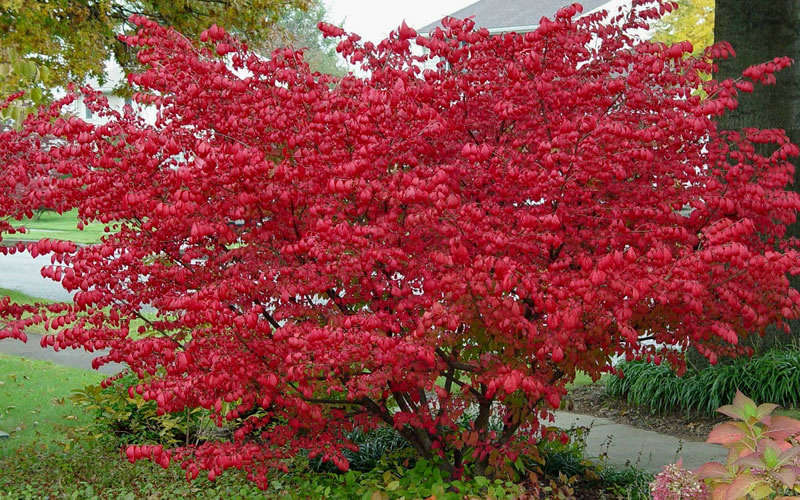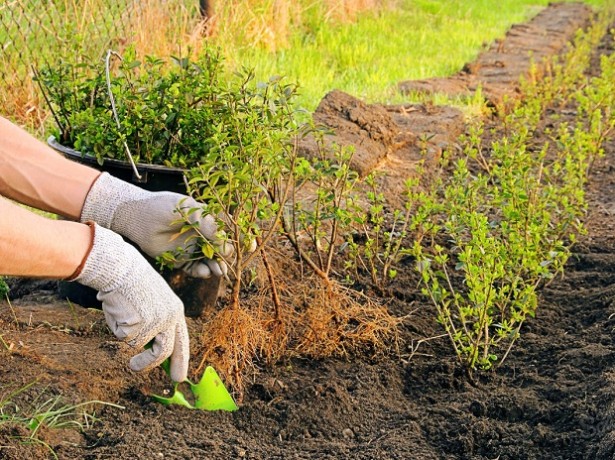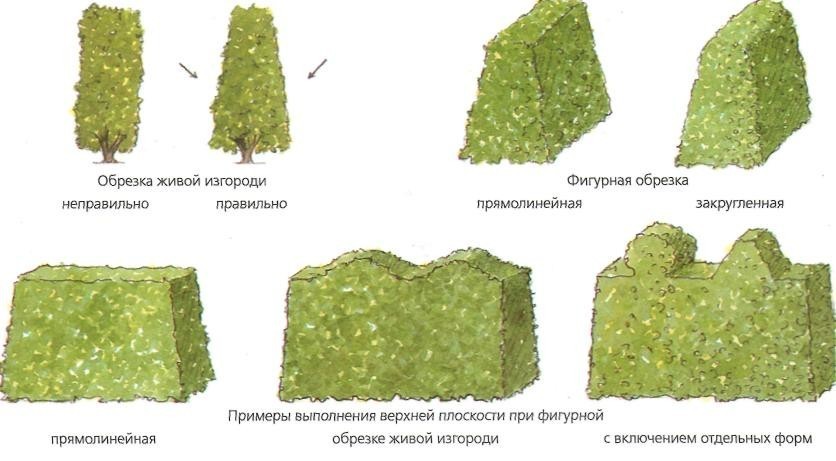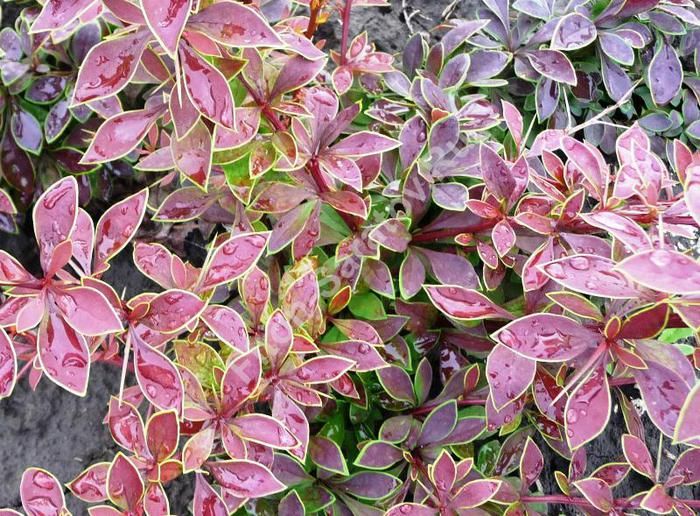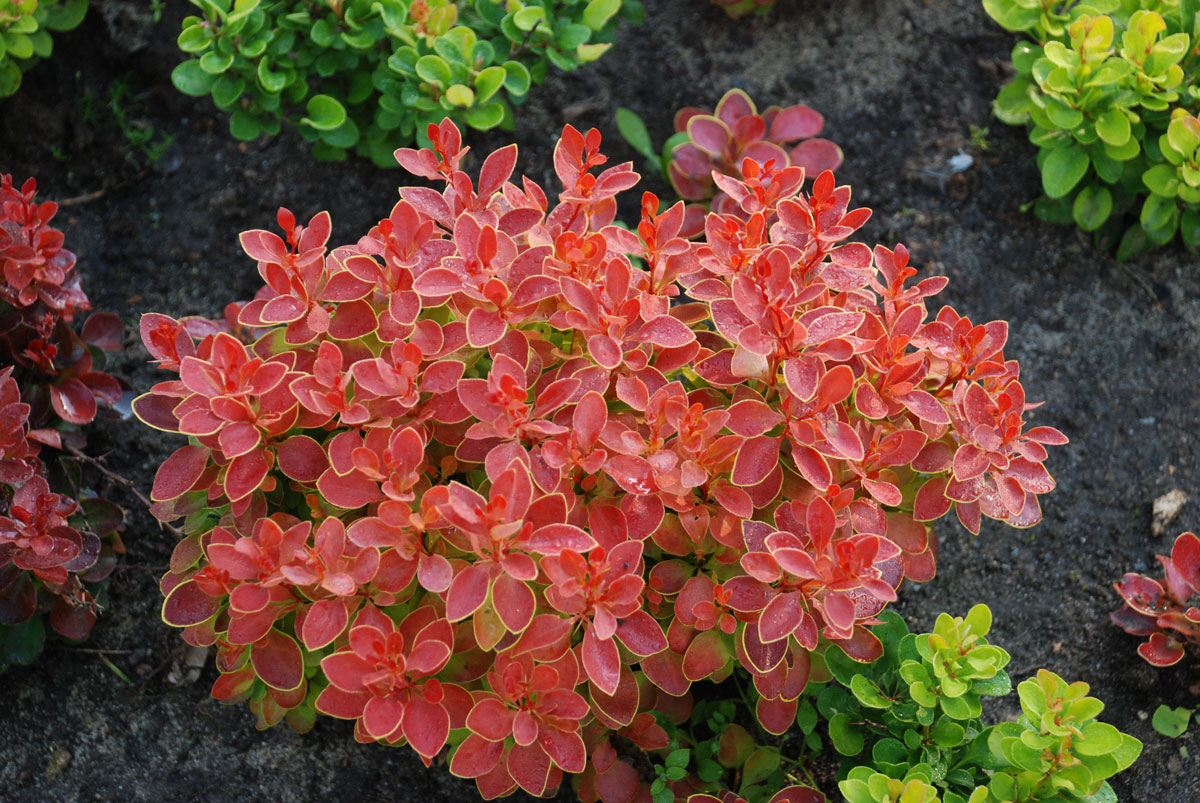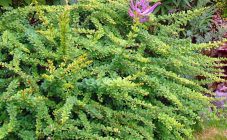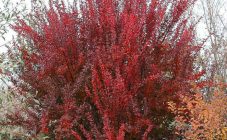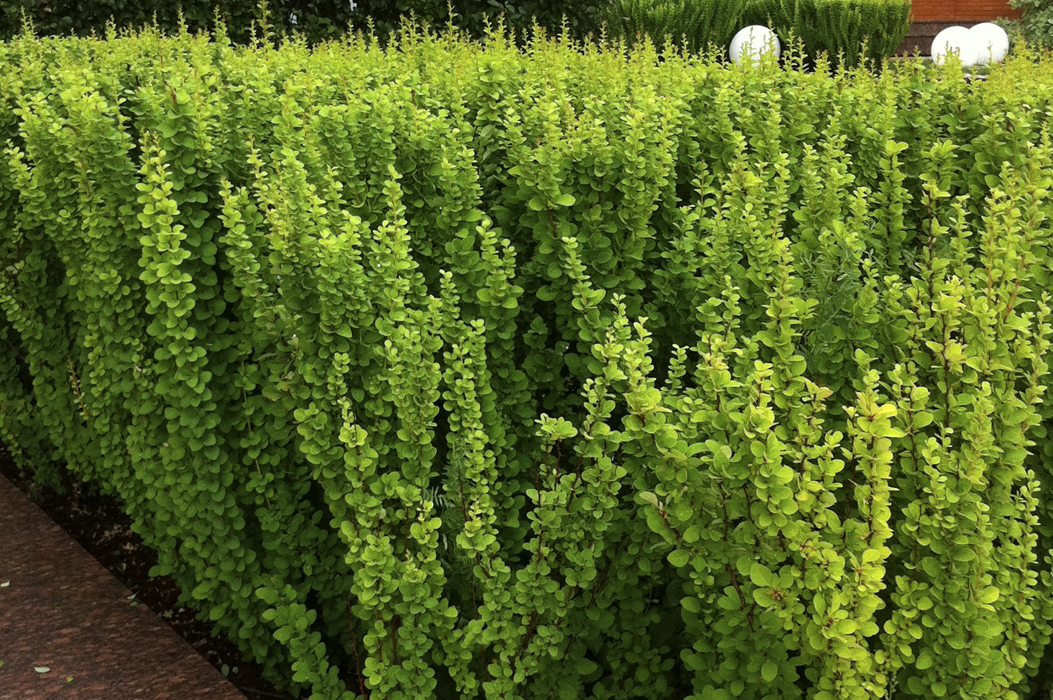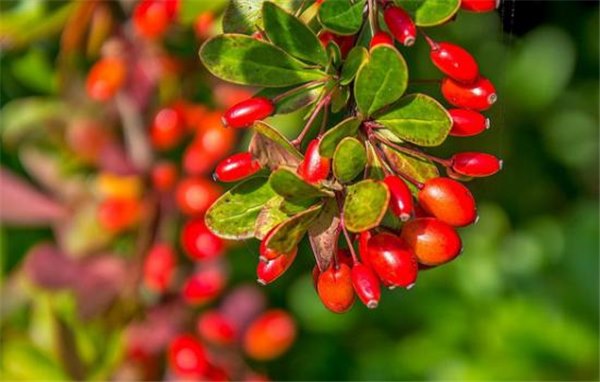Content:
The barberry bush is one of the most original decorative elements of the landscape plot, which stands out among other garden shrubs. The characteristic aesthetic appearance of this fragrant plant is given by the purple color of the foliage and the abundance of fruit clusters with bright red berries. In addition, the fruits of barberry, which have a sweet and sour taste, are considered very useful and suitable for human consumption.
The purpose of breeding this variety
Varietal barberry Maria is a variety of this horticultural crop, bred by breeders from Poland for the possibility of cultivation in our country. First of all, the focus on adaptability to the cultivation of barberry in various Russian regions means the ability of the plant to transfer high and low temperatures, as well as to germination both on chernozem and poor soddy-podzolic soils.
Description of barberry Maria
The barberry shrub of this variety is able to change its decorative appearance throughout the season as the seasons change. The height of an adult shrub does not exceed 1.5 meters with a width of 1 meter. Since the Maria barberry is a slow-growing variety, it takes seven years to reach the final plant size. The crown part of the bush is spreading, thick enough, has a columnar appearance. The average height of erect shoots reaches 1 meter.
The leaf shape is rounded, with some elongation. The freshly blossomed leaves have a fiery red hue, like the varietal barberry Bagatelle, the leaves of which gradually turn into a juicy light green color, then into yellow. At the edges, each leaf is framed with a carmine-red rim. The autumn bush acquires an orange-red hue - a similar description has the bagatelle barberry.
Barberry of this variety is distinguished by abundant flowering of the bush. The flowers at this stage of plant development are yellow, similar to the Thunberg Bagatel barberry. The shape of the berries is oblong, with a perfectly flat surface. The final ripening of the fruit is completed in early autumn.
Agrotechnics of barberry
The selection of seedlings must be approached carefully. It is most preferable to purchase it through a catalog or in proven horticultural centers. Healthy planting material has a uniform color of foliage and shoots - the presence of dry or damaged areas is considered unacceptable. The minimum number of branches is 3 pieces, the length of each of them should be about half a meter.
This varietal barberry is propagated in one of the following ways:
- seed;
- cherenkov;
- layering;
- by division.
To divide the bush, the first step is to dig a hole near the root of the planting, after which the roots should be carefully cleaned, then separated from the bush.
Autumn planting of barberry
Planting barberry in autumn must be carried out before the first frost, but in September it is too early to carry out autumn planting work. Young planting stock planted in autumn develops more intensively in subsequent seasons.
Choosing a landing site
Planting varietal barberry Maria must be placed in a well-lit area, where there are no drafts with any soil, like the bagatelle variety barberry. However, a prerequisite is to ensure soil drainage and prevent the occurrence of stagnant water.
For a single shrub, an area of 1 m2 is enough. To create a hedge, it is necessary to densely plant the planting area, observing a half-meter distance between each shrub.
Landing pit requirement
The parameters of the landing pit on each side, including the level of penetration, should be about half a meter. Additional depth is necessary in order to be able to place the drainage at the very bottom, on top of which to lay sand mixed with peat or ash, and then a layer of humus.
Landing operations
The first step is to prepare a pit into which a bucket of water should be poured. Planting material can be started after the water is completely absorbed into the soil. After there is no liquid left in the pit, you can fill it up. The soil on top must be carefully compacted. It is recommended to leave a barely visible indentation in the barrel area
Care
This variety of barberry is highly resistant to disease. However, it is recommended to follow some preventive measures, such as moderate watering of the shrub, no more than once a week.
After irrigation or after heavy rainfall, it is recommended to mulch the soil in order to retain moisture longer. In addition, this will allow you to abandon the weeding work, which will positively affect the safety of the roots.
The shrub should be fertilized twice a season: in spring and autumn. In the period of early spring, when the plant enters the budding stage, it is necessary to apply mineral fertilizers. In the autumn season, organic matter is scattered into the near-stem area.
Sanitary pruning
Sanitary pruning consists in removing dry and damaged branches, both in the spring season and in the fall. It should be carried out if during cultivation it is necessary to select each bush separately, and not when creating a hedge.
The use of barberry in landscape design
This ornamental shrub has gained recognition in the decoration of landscape compositions due to a number of excellent aesthetic qualities, such as:
- the color of the shrub, as well as the possibility of its change when moving from one season to another;
- miniature landing size;
- ease of trimming;
- the possibility of creating hedges.
The shrub's ability to seasonally change foliage color makes it attractive to designers who combine it with other decorative garden flora.
In addition, in addition to the possibility of creating a hedge, with the help of barberry plantings, you can frame the border elements of the personal plot, creating colorful "frames".
You can also use a barberry bush for the purpose of zoning individual areas by creating original designs, due to the ease of pruning and forming a bush. Another function of this garden plant is the creation of color compositions.
List of advantages and disadvantages
The list of benefits of barberry Maria includes:
- Frost resistance;
- Ability to withstand hot weather;
- Unpretentious care;
- Ability to complement landscaping;
- Combination with many plants;
- Ideal for curbs.
The disadvantage of the variety is the shedding of the shrub in conditions of prolonged drought.
Varietal barberry Thunberg Maria is a frost-resistant ornamental shrub with good immunity to various diseases, like the Bagatella variety. In addition, barberry is considered a melliferous plant, which allows you to get a small harvest of fragrant honey.
